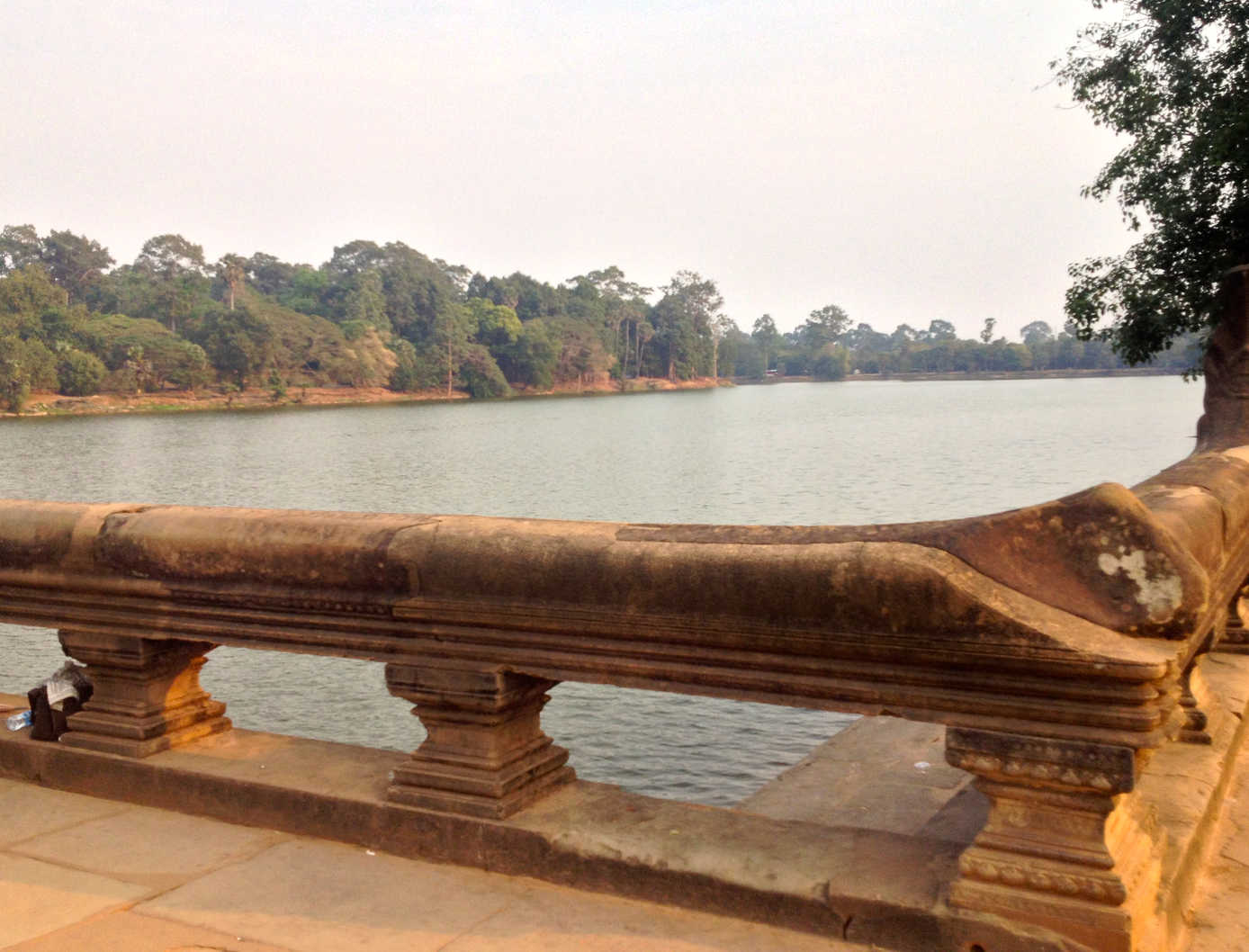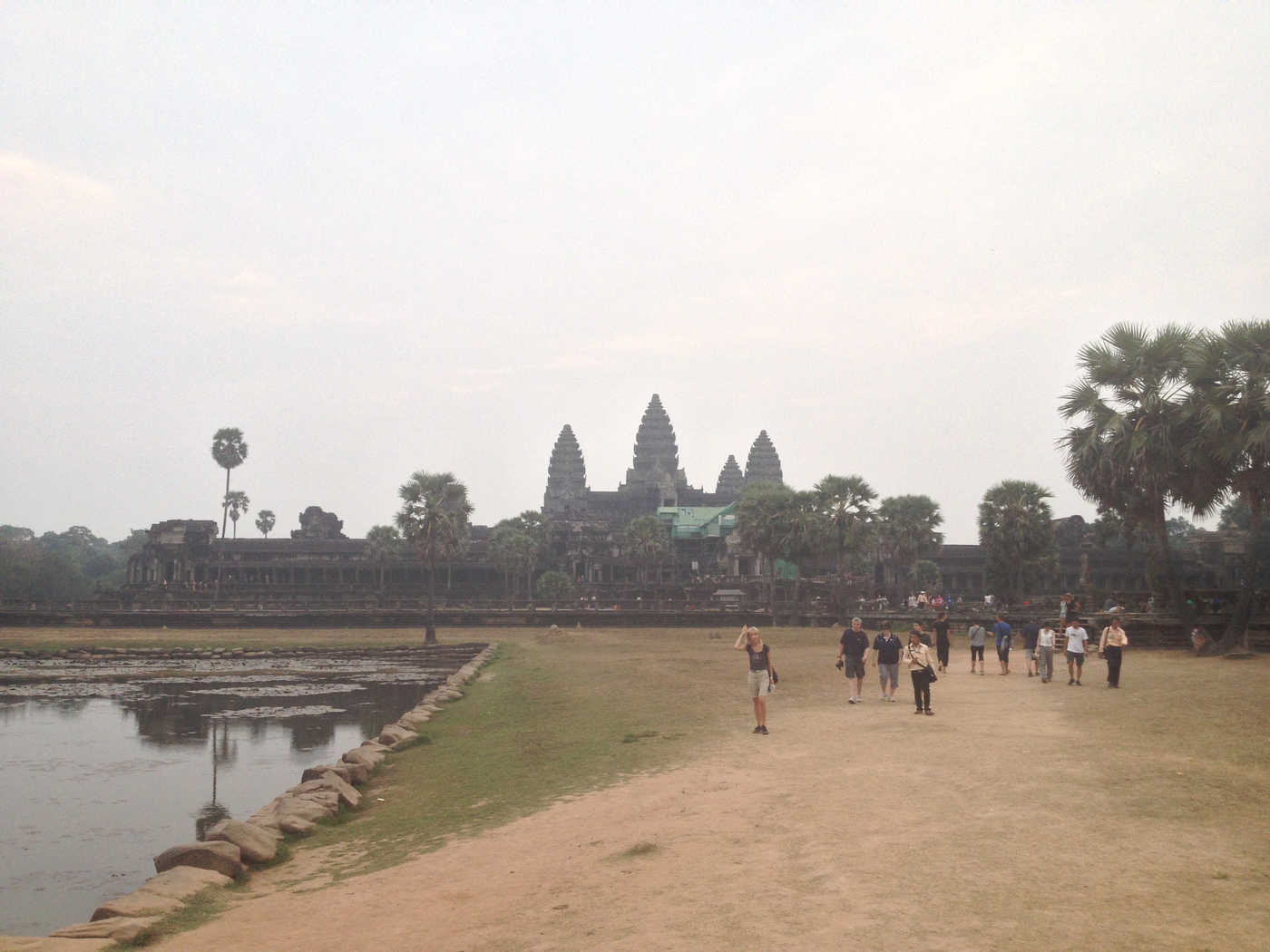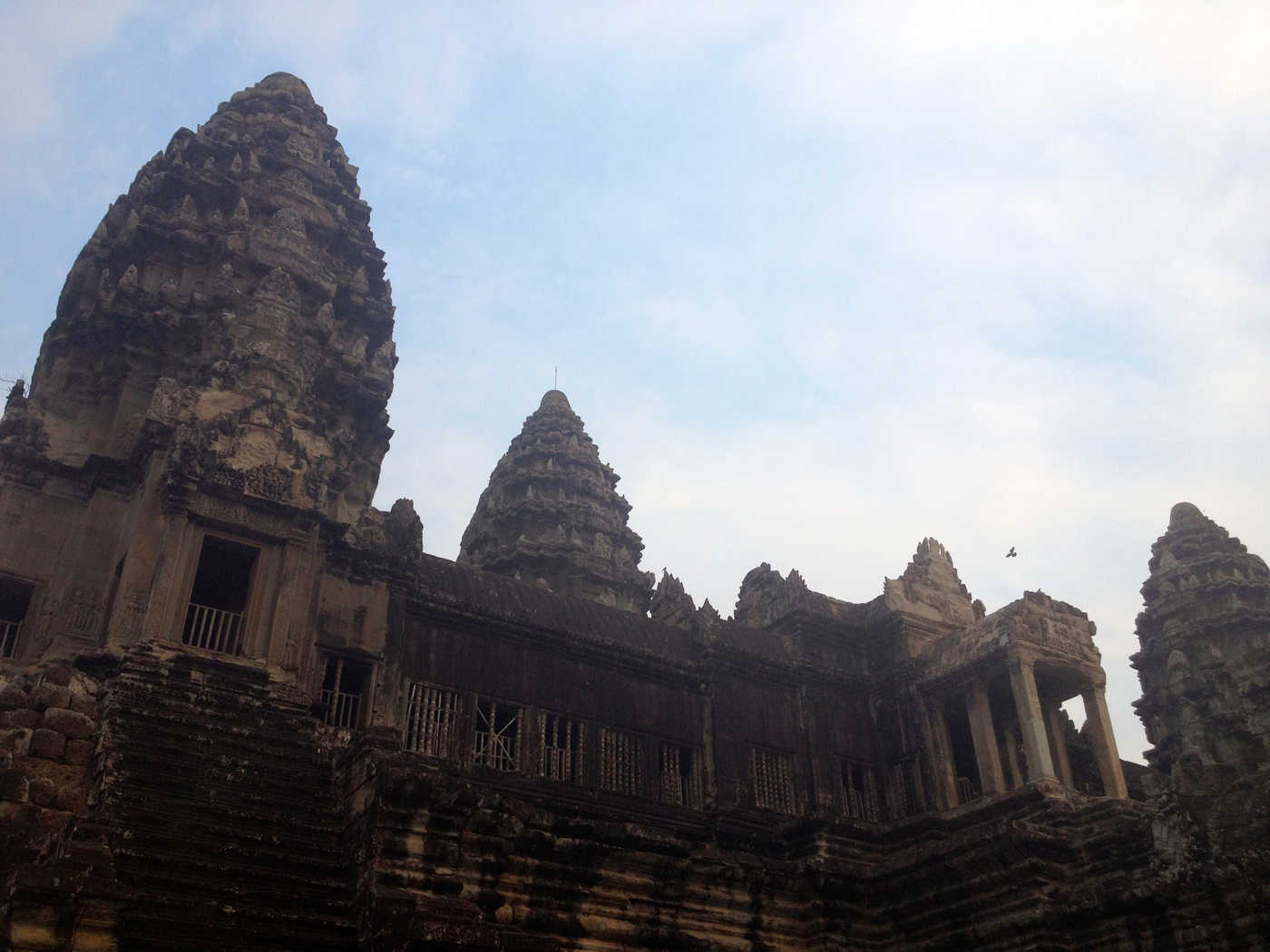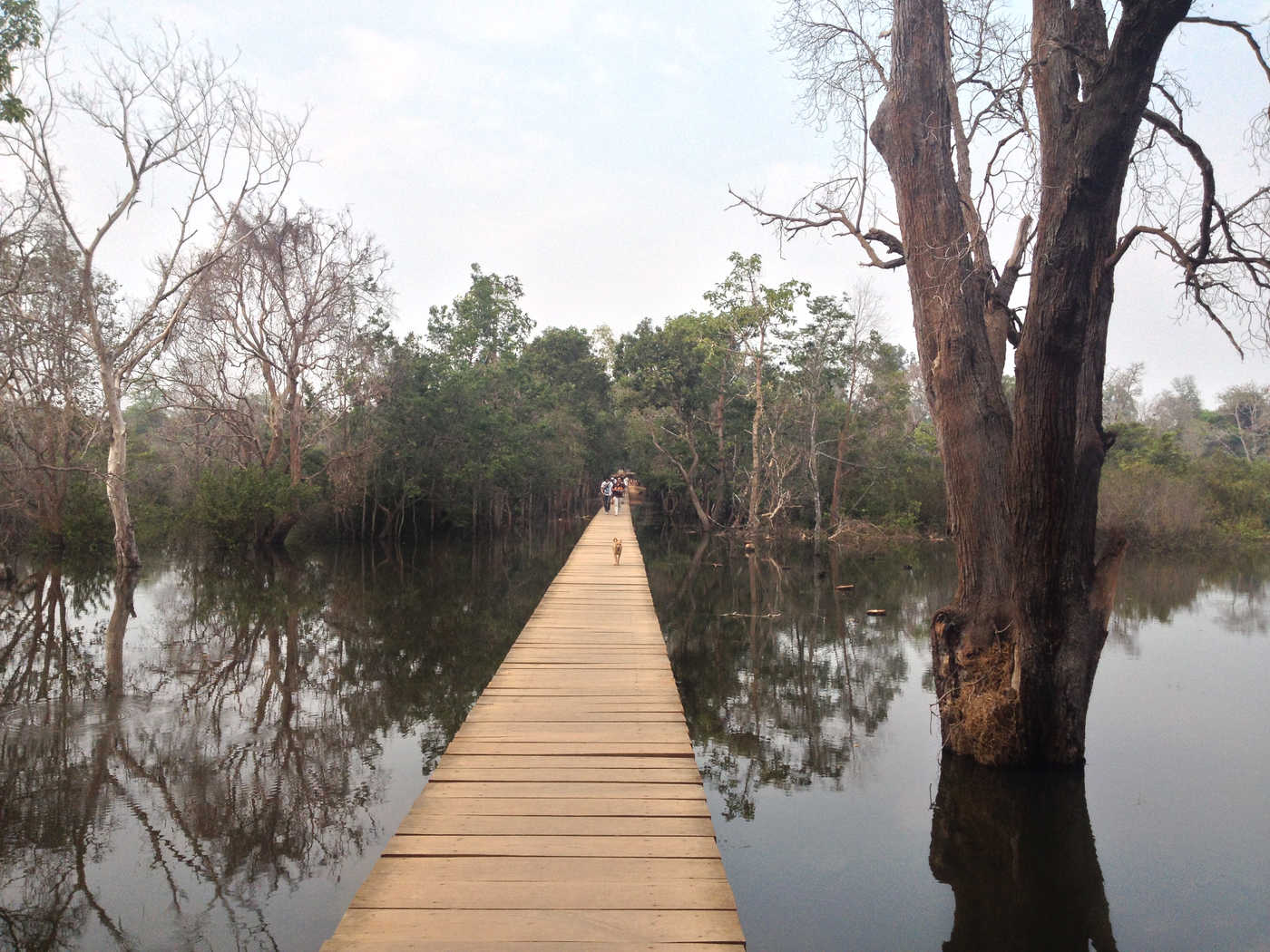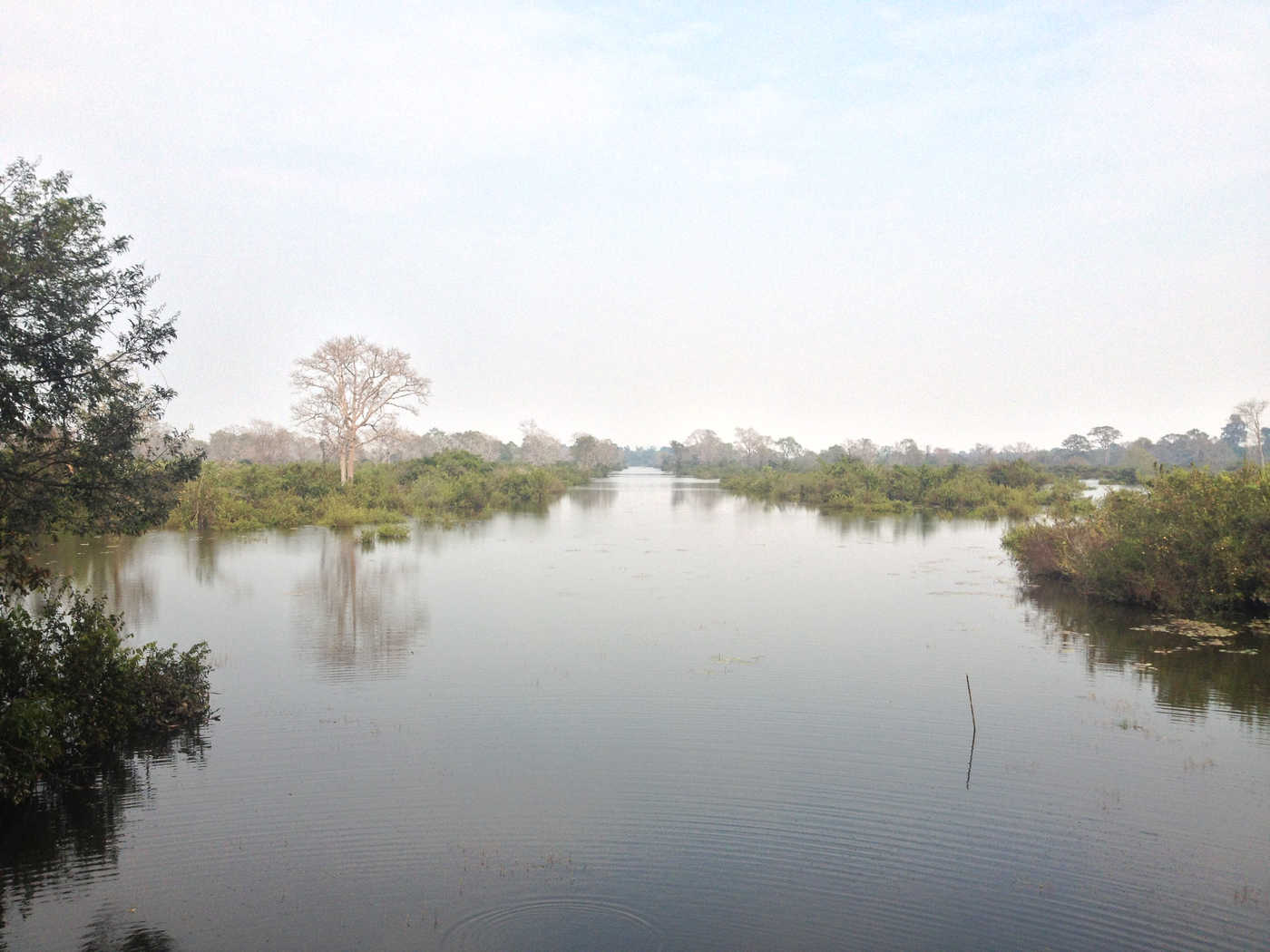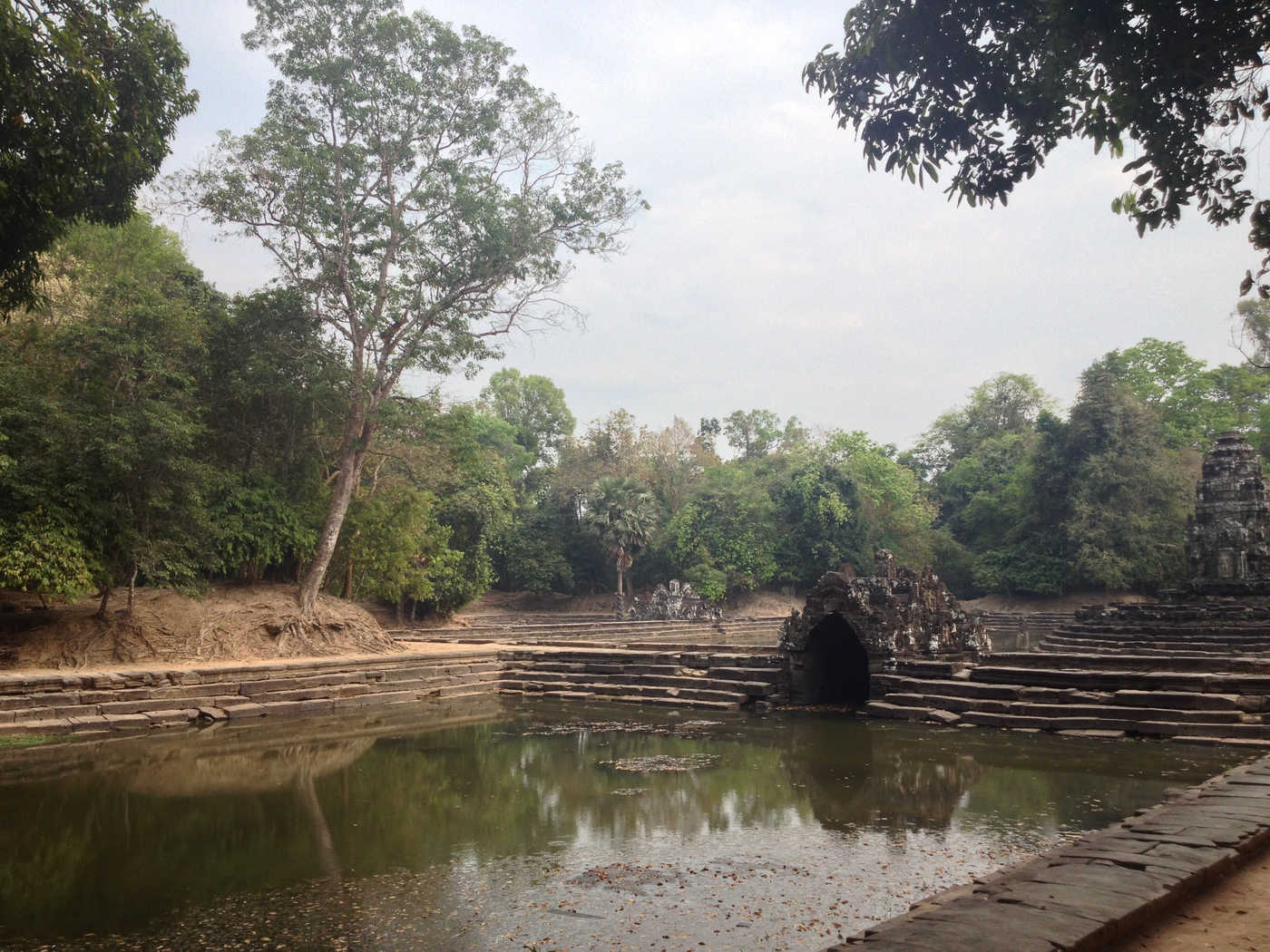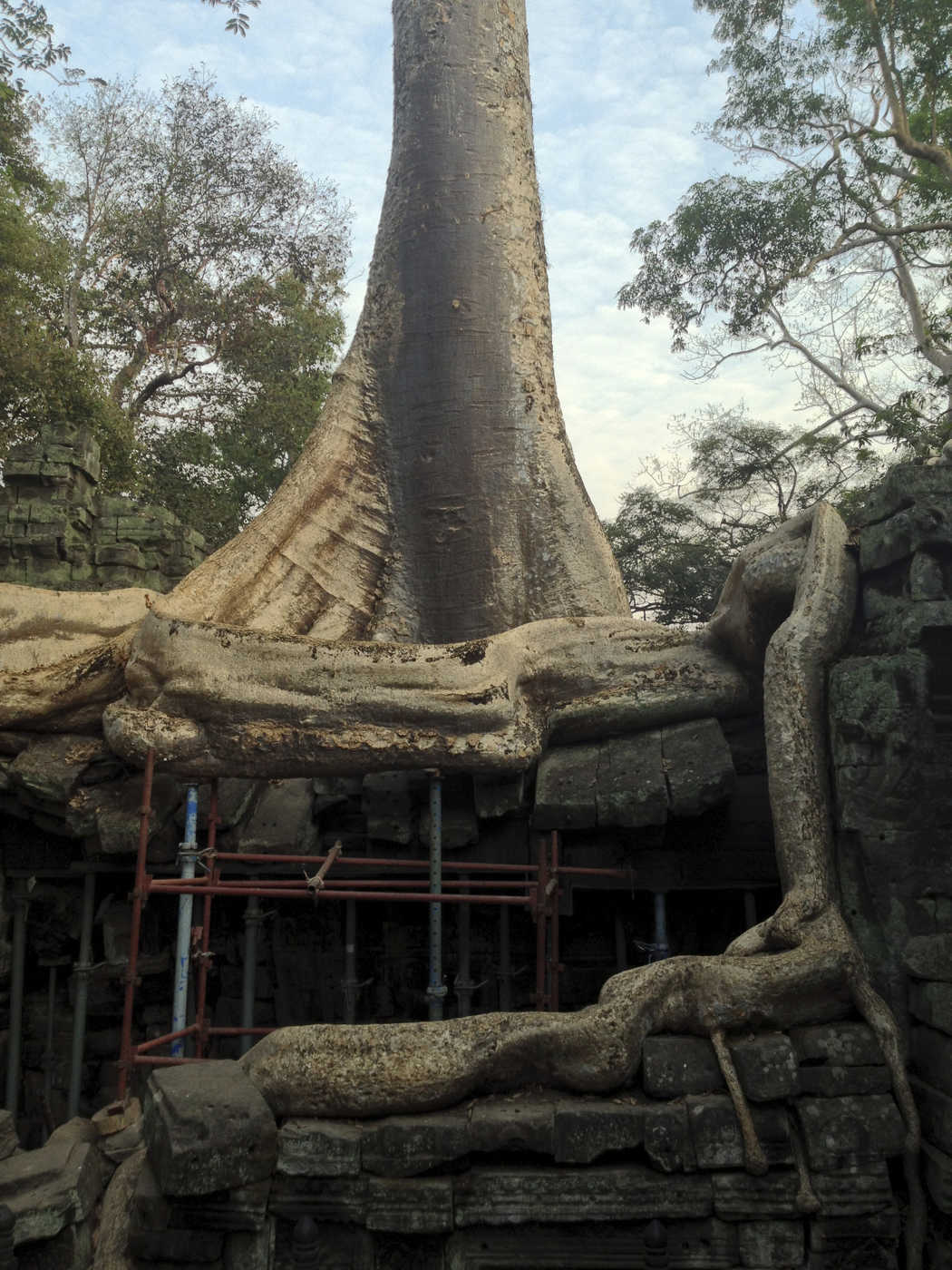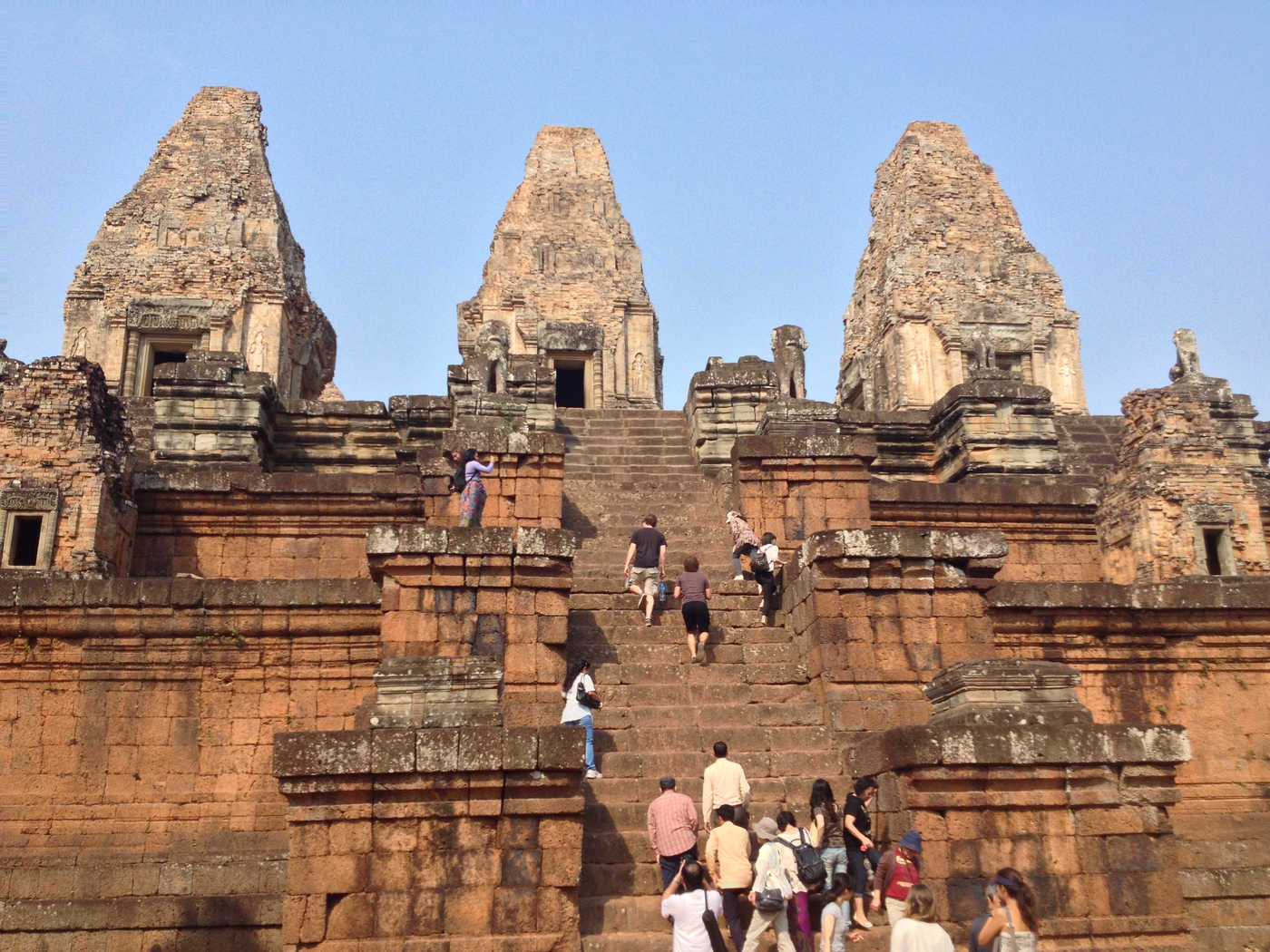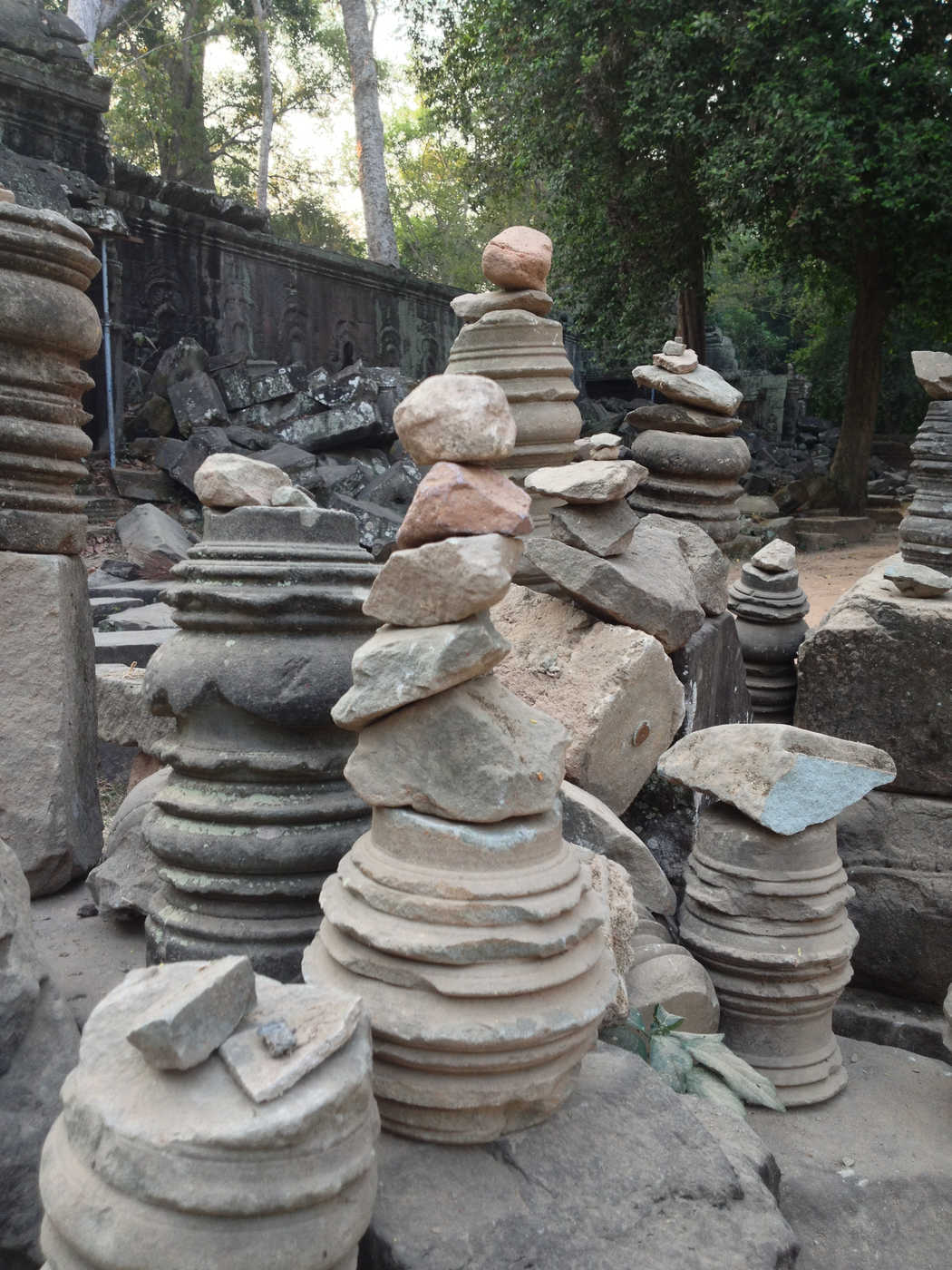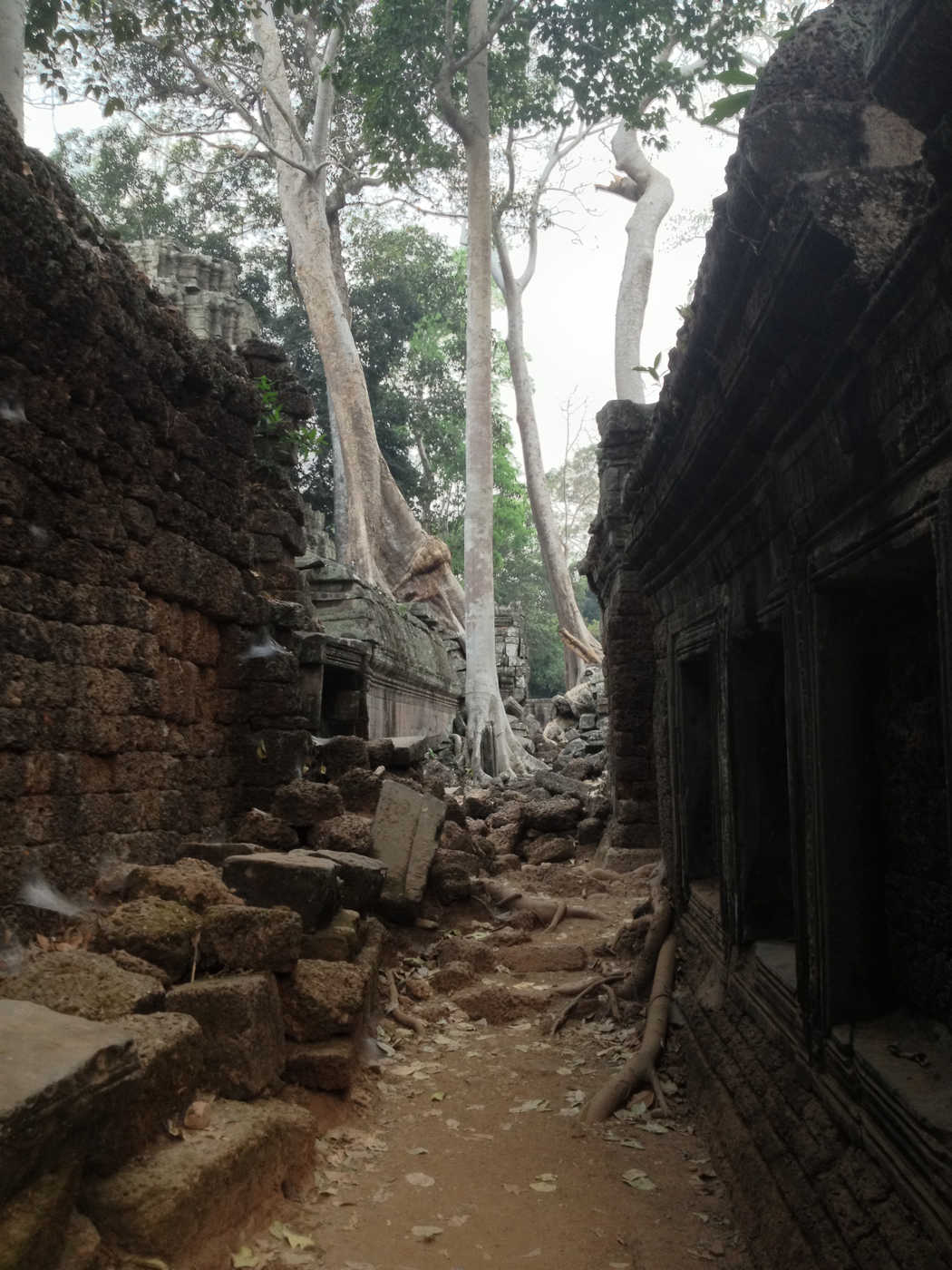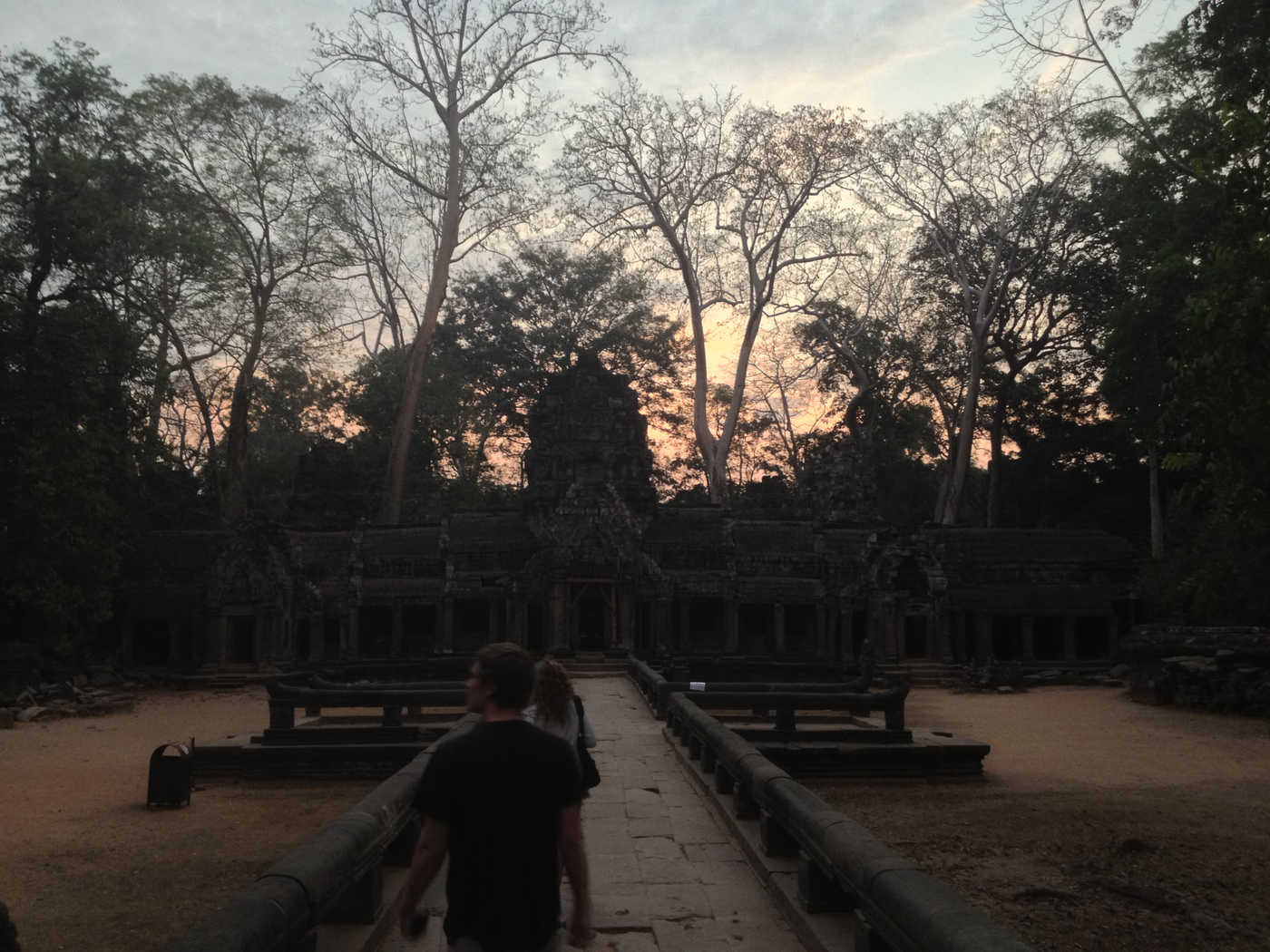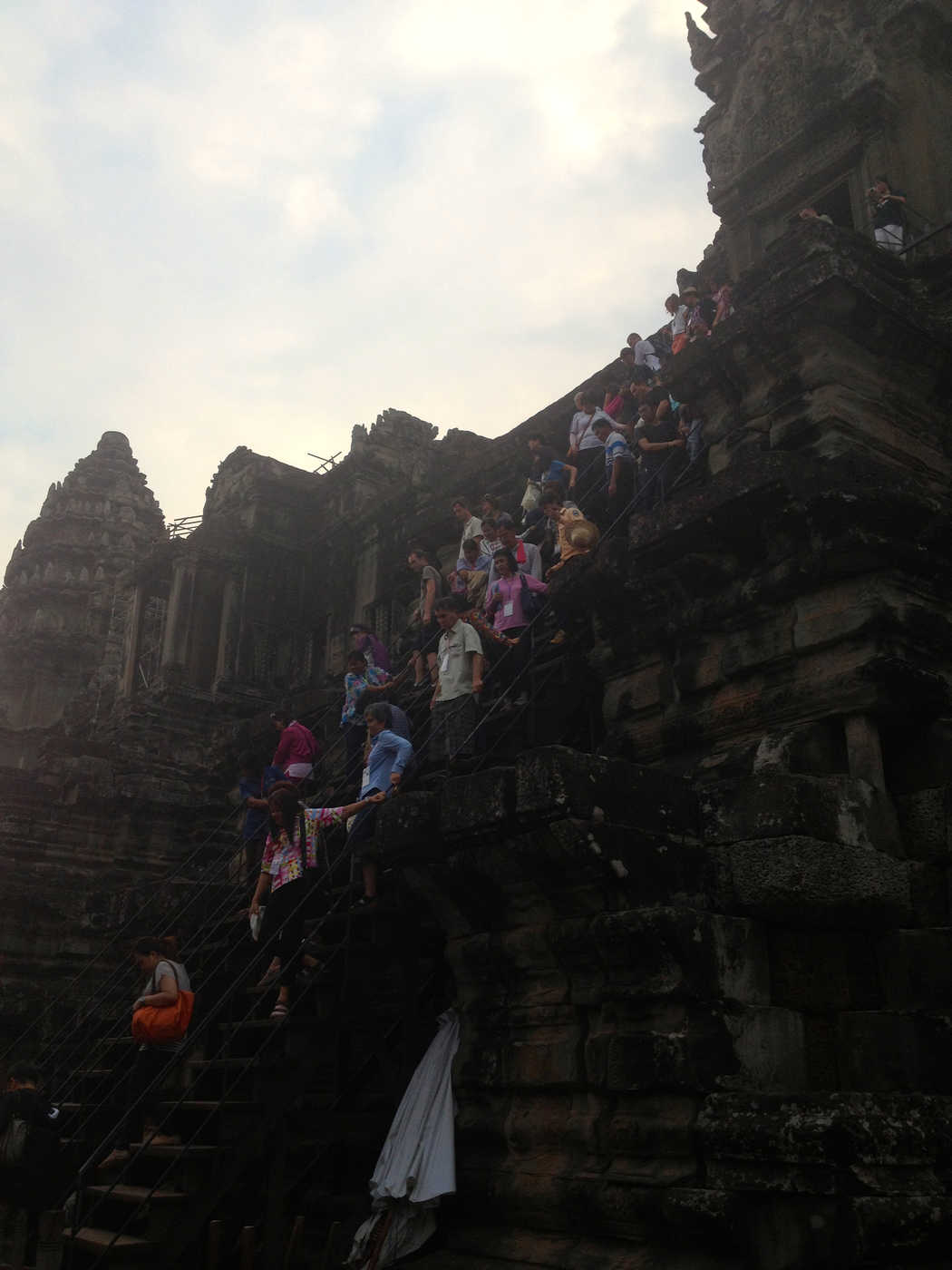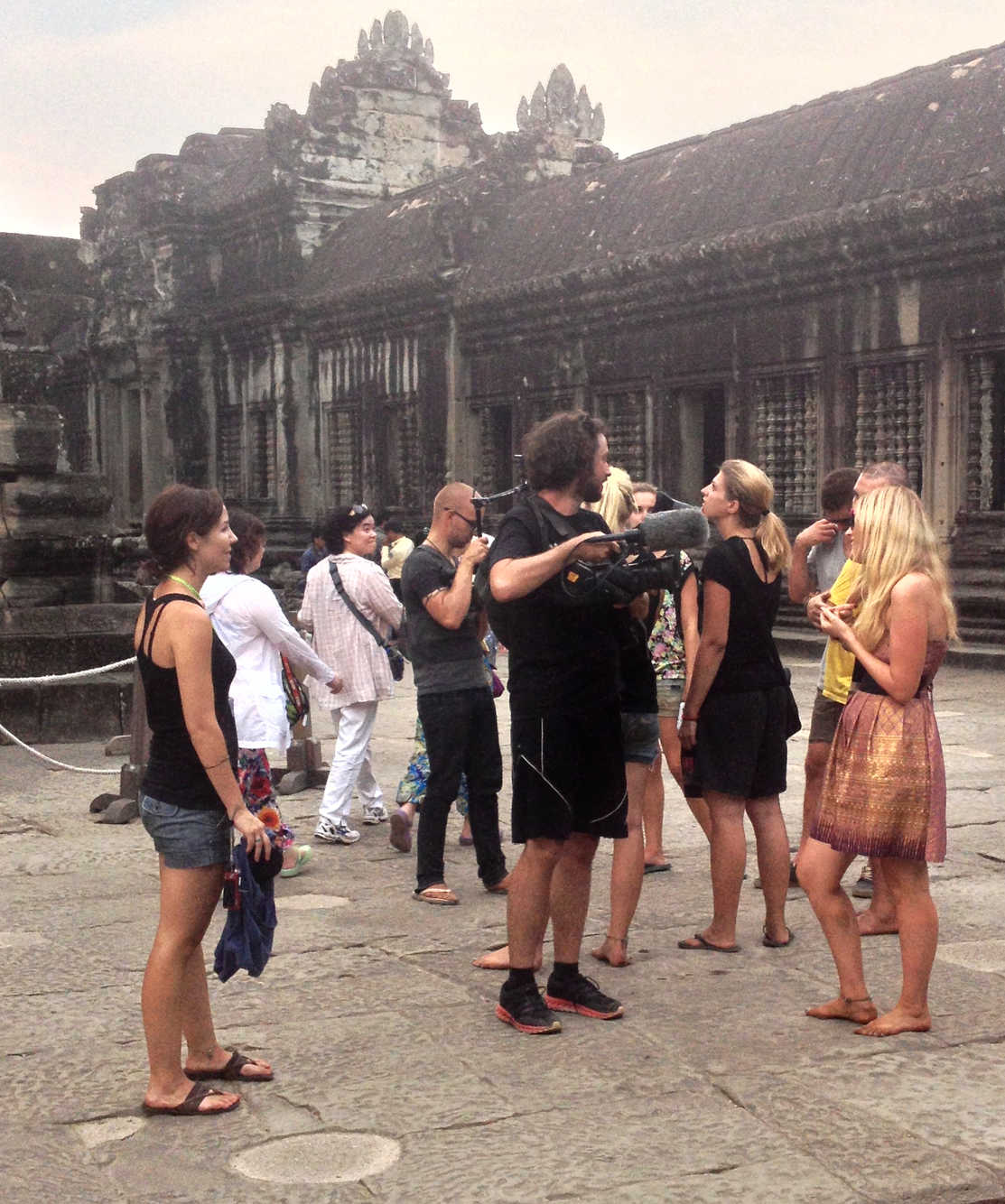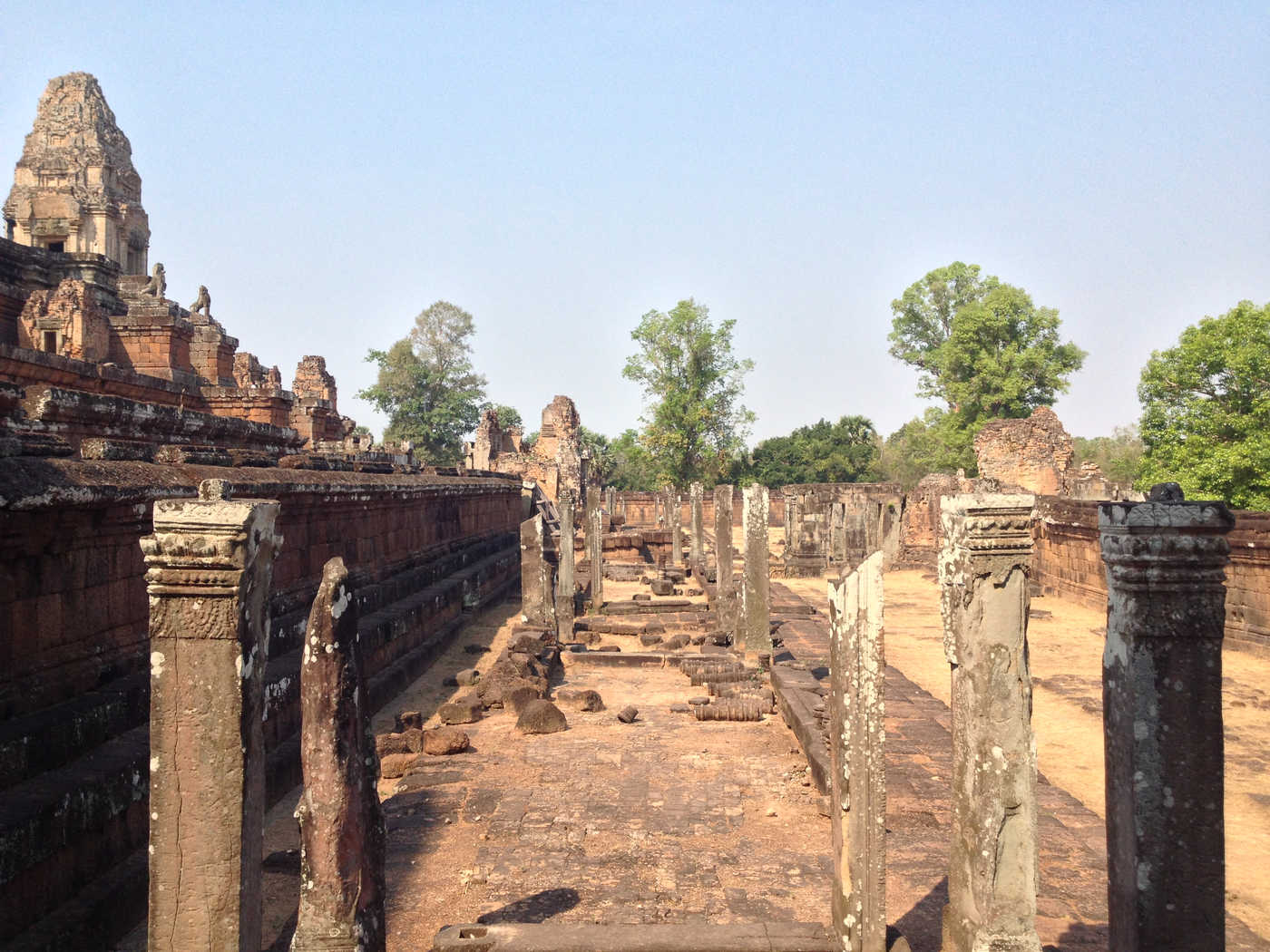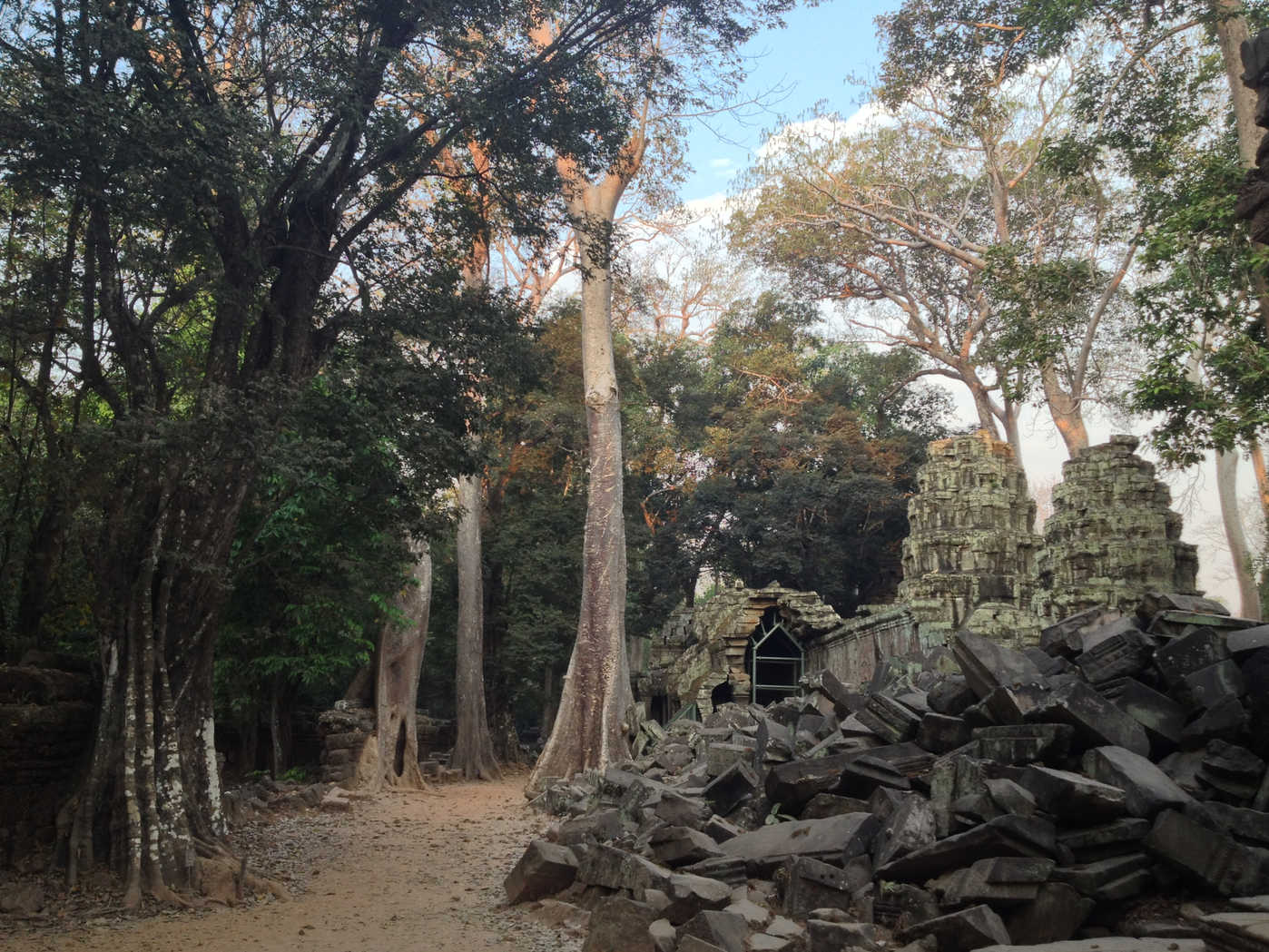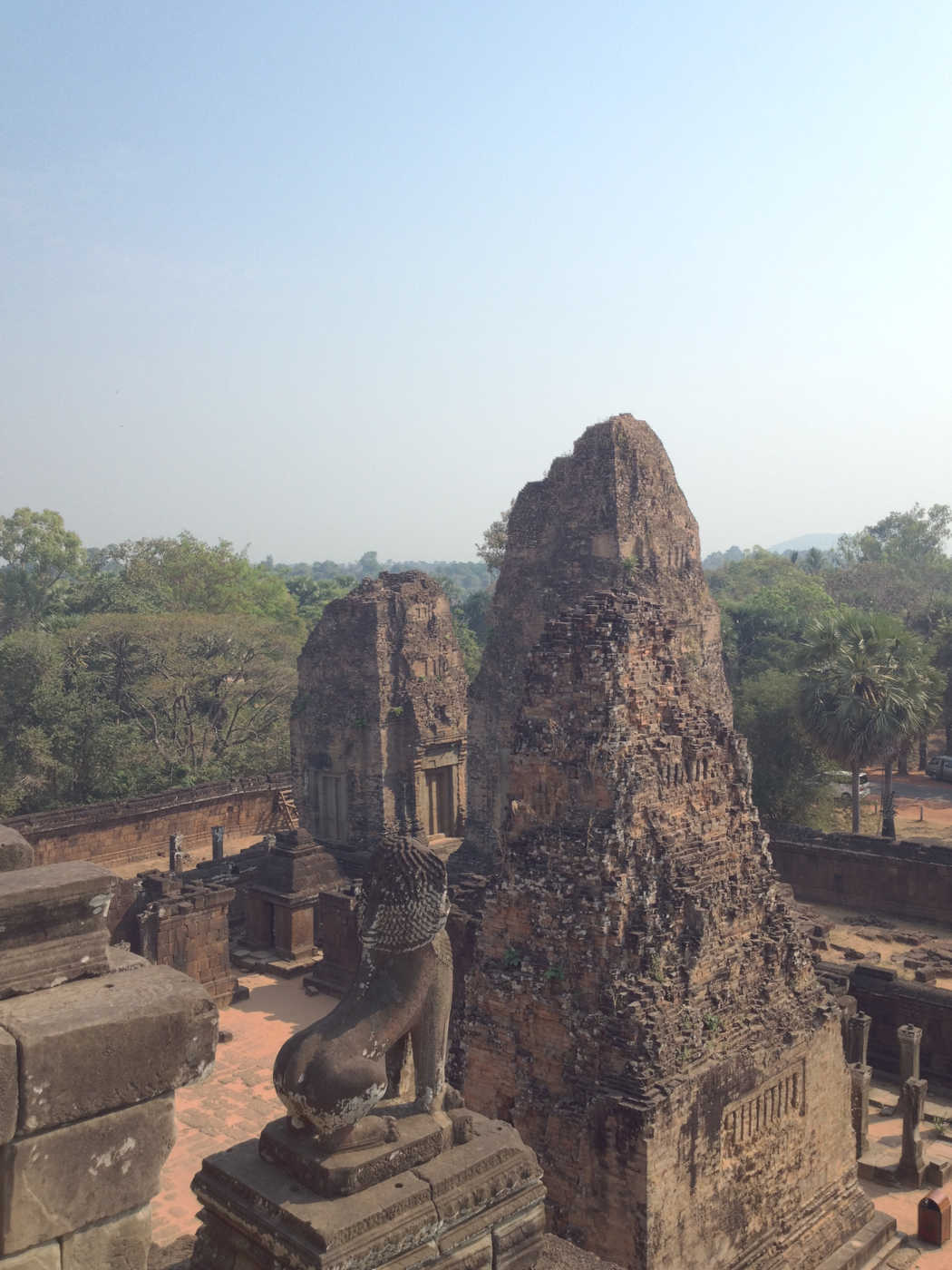So everyone has heard of Angkor Wat, but it turns out that the Wat is only one temple in Angkor, the capital of the medieval Khmer empire that once ruled most of Southeast Asia.
Angkor is an otherworld, sprawling ruins of an ancient and massive civilization, overgrown by the Cambodian jungle. How big is it? Imagine a temple so large it can take 15 or 20 minutes just to walk from one end to the other. Now imagine there are a half dozen of them.
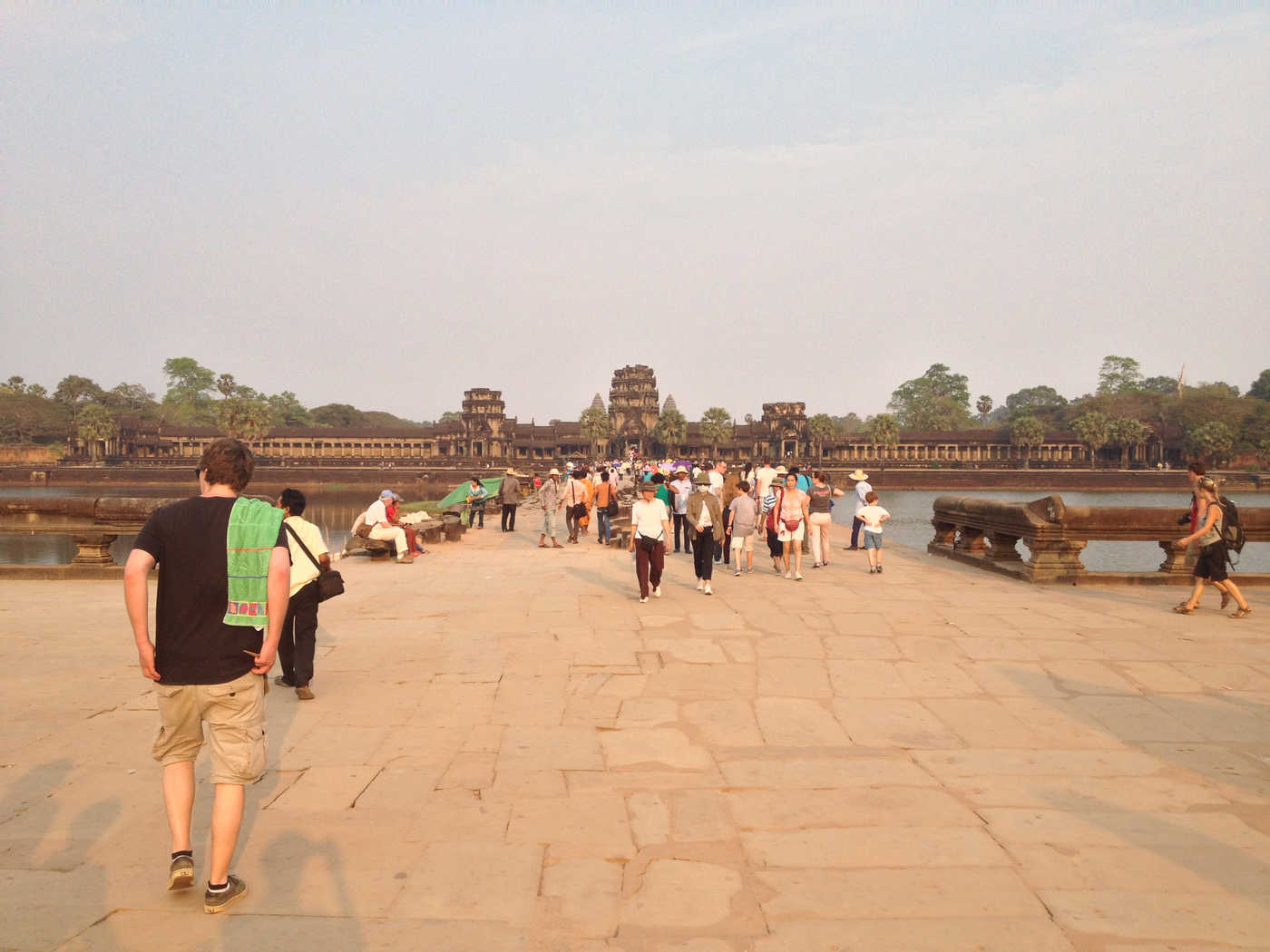
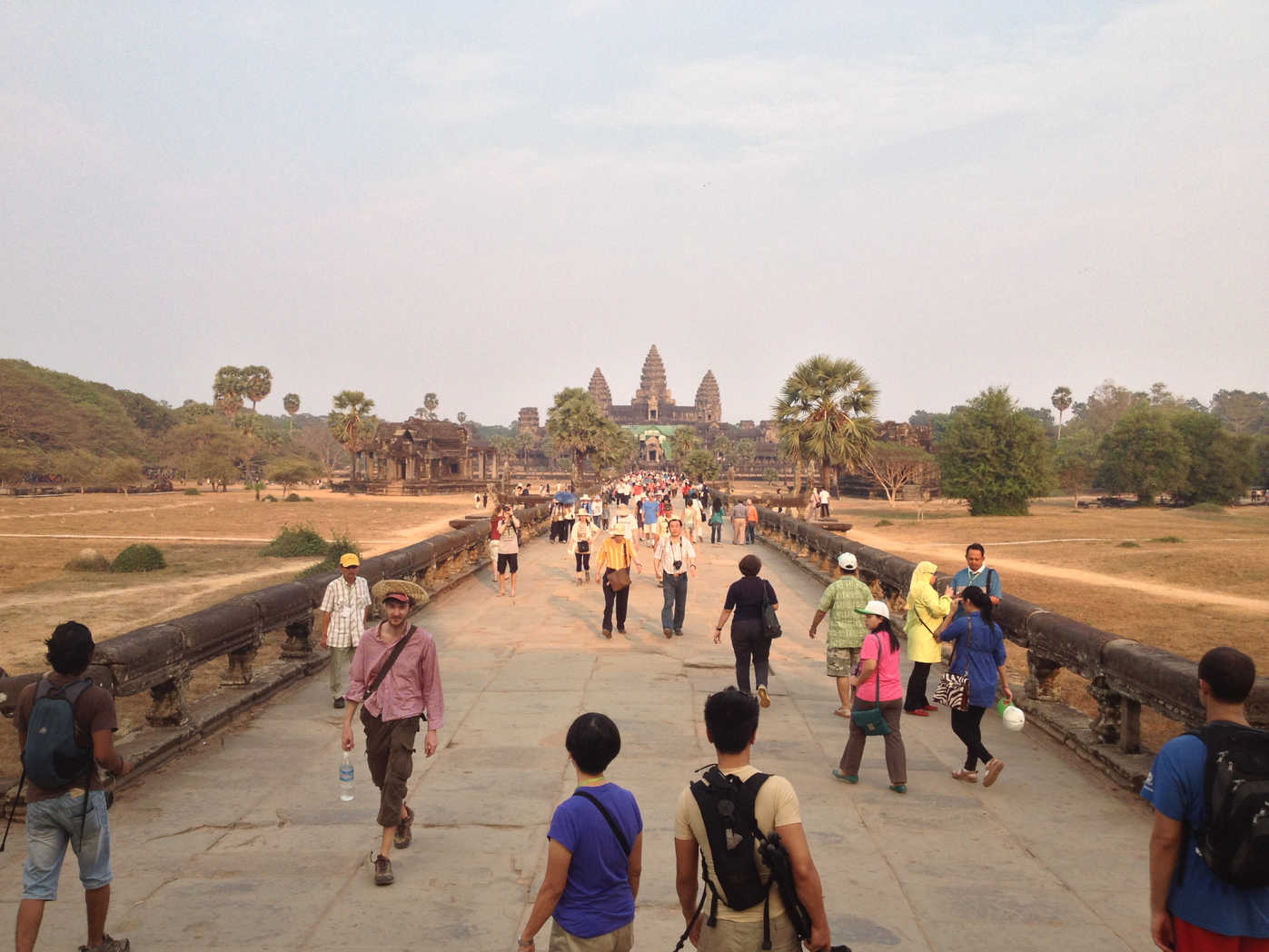
Angkor was an agricultural society with elaborate and sprawling infrastructure. If you think of a bunch of farmers with temples and complex irrigation system, you probably think of something like the Maya. We are learning that Angkor dwarfed those civilizations. Archeologists have discovered enough infrastructure to support over a million people over an area the size of Los Angeles, making it the largest metropolis of the pre-Industiral Age, and they are still discovering more.
Wikipedia claims there are 72 “major” temples, and over a thousand smaller ones–that we know about.
Perhaps the most interesting temple is Ta Prohm, which you’ve probably seen in stock photos or movies. Part of Tomb Raider was filmed here.
When the French colonialists began restoring Angkor, they left Ta Prohm unmaintained as a “concession to the general taste for the picturesque”.
It takes several days to see the major temples here, but I only had one. There is too much to see and everything is too big. Evidently, throughout the history of the Angkor empire, they kept getting together and saying, hey, you know what would be a good idea? If we took this square kilometer and planted a temple. You can never have too many airport sized temples.
Occasionally you spy these free-standing stacks of stones. I think it’s a Buddhist exercise of some kind, stacking up stones.
After Angkor was conquered by the Thai king Ayutthaya, the city was abandoned. Much of the evidence of the civilization, the million people that lived in Angkor, had been cleared out, except for the temples. Nobody knows why. It must not have been violently destroyed–the Angkorians must have packed up their things and abandoned it, either before, during, or after the fall of Angkor, or some combination of all three, for some unknown reason. At the very least, once the civic infrastructure went unmaintained, there was no possibility of Angkor supporting its population.
After that Angkor was eaten by the jungle, eliminating most of the remaining signs of civilization, with only Angkor Wat being (poorly) maintained. I’m told many Angkorians lived in impermanent structures inside the walled cities and temples, so those were also lost. When explorers “rediscovered” Angkor, they were baffled. Why all this stuff in the middle of nowhere, with no sign of the civilization that supported it?
At the time people knew little of Cambodian history, and did not believe the old stories of an ancient and powerful Khmer kingdom. Some theorized that some other people built Angkor, maybe the Thai or Chinese from thousands of years ago.
A French explorer wrote of Angkor Wat:
One of these temples—a rival to that of Solomon, and erected by some ancient Michelangelo—might take an honorable place beside our most beautiful buildings. It is grander than anything left to us by Greece or Rome, and presents a sad contrast to the state of barbarism in which the nation is now plunged.
Imagine what that explorer must have felt. Acre after acre of ruins, closer investigation revealing they were quite elaborate when they were built.
It must have been electrifying, discovering the ghost of an enormous civilization.
If you get to an outlying temple early–around sunrise–you can maybe feel a little of what the old explorers must have felt.
But the tourist masses only take a few hours to overrun anywhere you’d like to go.
The whole place is swarming with beggar children. The kids sell touristy goods and handcrafts for fifty cents to a few dollars, and if you try to take a picture, will ask for money. But if you distract them with, say, a game of Angry Birds, you can get a picture for free.
Despite its fame, Angkor has only recently re-become a tourist destination. Though their government fell in 1978, the Khmer Rouge was hanging out in the area until the 90s. Having bloodthirsty xenophobic Communist fighters in the area was not good for tourism.
The GDP of Cambodia is a mere $1,150 a year–they cannot refuse the tourist dollar. The nearby town, Siem Reap, is turning from a sleepy rural city into somewhere resembling the dirtier areas of Thailand or Vietnam. The tourist feet in Angkor wear down the ruined sandstone, and criminals steal from the ruins (sometimes with arms and armored vehicles) to sell on the black market. Many places are being restored, partly out of necessity.
How long can Angkor remain Angkor? As time marches on it will undoubtedly see more controlled access, more restoration, as the ruins are lost to the opposed forces of both conservation and wear. The old is becoming new again. That’s too bad–I like the old.
